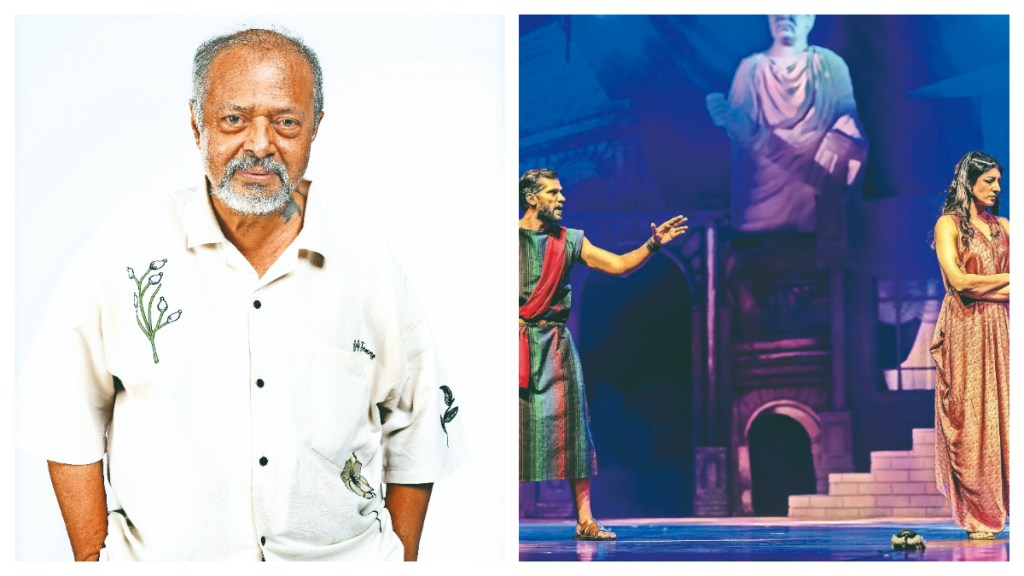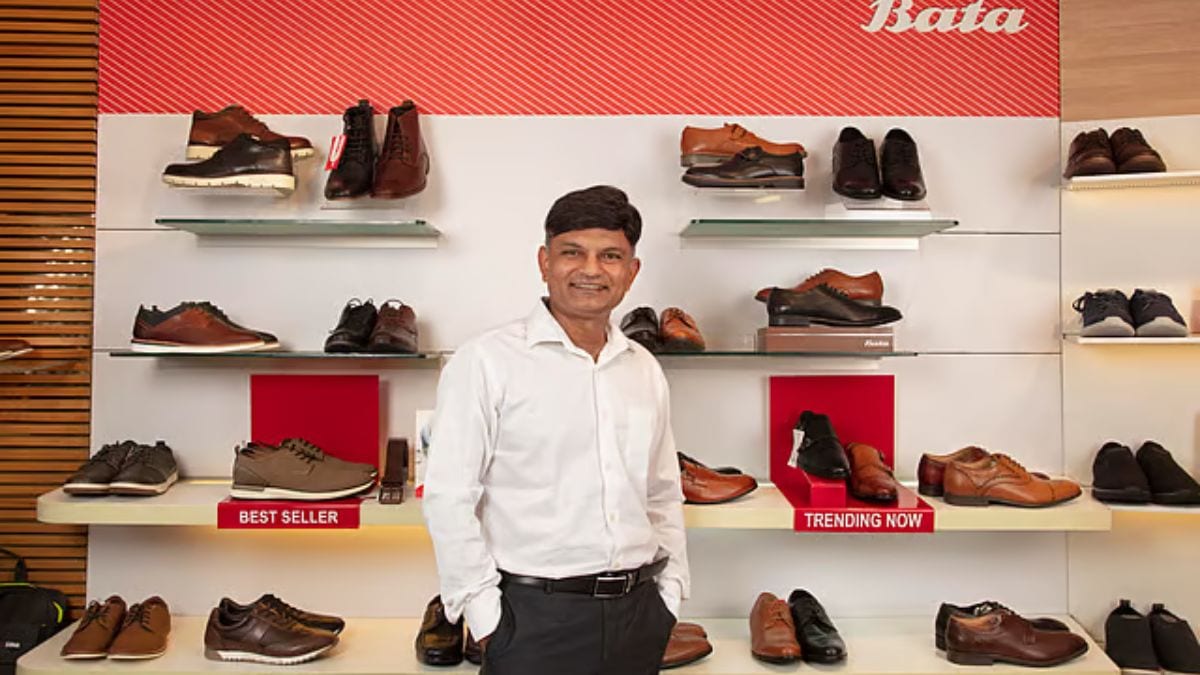The Horse, a play written by Hungarian playwright Julius Hay, has stayed on with theatre veteran Sunil Shanbag ever since he first read it in the 1980s. As he readies to bring to life his adaptation of the play—an absurdist political comedy of the same name—as a striking finale to the seventh season of Aadyam Theatre, an initiative of the Aditya Birla Group, Shanbag talks about the play and why its themes remain relevant even today, the role of political or socially engaged theatre in India, and more.Excerpts from an edited interview:
Q1. What drew you to this particular text, and why do you think its themes remain relevant even today?
I first read The Horse in the early 1980s, a period when East European plays by playwrights such as Vaclav Havel and Slawomir Mrozek were being performed in translation by theatre companies in Mumbai. I was struck by two things about the play—the use of allegory to depict contemporary times, and the sharp humour and satire to hold a mirror to the historical patterns authoritarian rule plays out, both chilling and absurd.
Q2. With more than 1,000 hours of rehearsal and a 250-member crew, The Horse is a large-scale production. What were some of the biggest creative and logistical challenges in staging it?
I don’t know if we rehearsed 1,000 hours, and the crew size is somewhat more modest, but yes, it was an extended process. Working with 20 actors, many of them busy with other projects as Mumbai’s theatre actors tend to be, was always going to be a challenge. But there was good ensemble spirit, everyone pitched in, and held space for each other. I was also very fortunate to have several collaborators —Kaizad Gherda, the composer; songwriter Asif Ali Baig; Shampa Gopikrishna and Bertwin D’Souza, choreographers; Marvin D’Souza, costume designer; Kushal Mahant, who did the design; and Rahul Deshpande, who did the sound design. They all bought into the vision and style of the production and created amazing layers for the play.
Q3. The production blends music, satire, and spectacle. Can you talk us through how music and design choices help amplify the satire in the play?
One of the attractions of making a production for Aadyam Theatre is the possibility of working at a scale, often not possible in my regular independent work. It also allows us to address wider audiences, and gives actors the opportunity to play ‘big’ in a large proscenium space. So, the scale was a given. The original play doesn’t have songs (except one), but I felt that it might work to include more live singing to highlight the emotional layers of the play and to create moments of gravitas.
Q4. Indian audiences today are consuming global content on OTT platforms. How do you ensure theatre remains not just relevant but also competitive as a cultural experience?
We are fortunate to be working in Mumbai, which has a very diverse and popular theatre landscape, and paying audiences—a large number of young people enjoy watching plays. I think as technology begins to take over major parts of our lives, theatre offers a more tactile and nuanced experience. There is something to be said for watching a play with 600 other people and experiencing the collective enjoyment of a performance. On our side, we need to keep producing new work that helps us navigate an increasingly complex world that is bent on isolating us as individuals.
Q5. You first worked with Aadyam Theatre during its inaugural season. How has the platform evolved since then, and what does it bring to Indian theatre?
As I said before, one of Aadyam Theatre’s major attractions for an independent theatre company is to be able to produce at scale. Working in an environment of very limited resources can make you innovative and creative, but it can also stunt your imagination. At the same time, I do believe that grassroots support to the theatre community would strengthen the impact of Aadyam.
Q6. Many of your productions blend social critique with entertainment. Where do you see the role of political or socially engaged theatre in India today?
This is a personal choice… I come from a tradition where it is very important to know why you do what you do. But the same tradition also respects the audience and is acutely aware that we have a responsibility to bring them into the play, not keep them at a distance.








